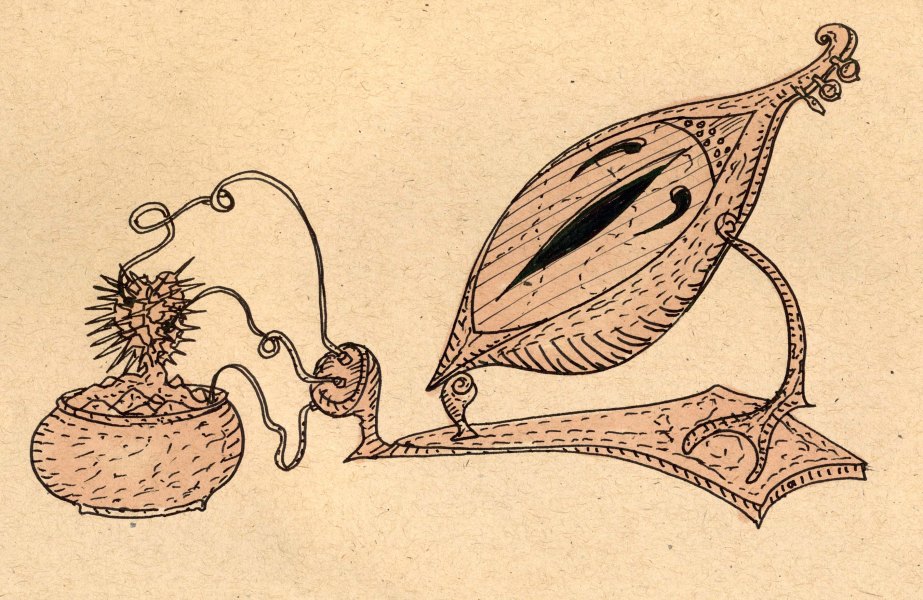Científicos en el centro de investigación y observatorio LIGO en California acaban de probar una teoría de Einstein que jamás se había podido confirmar: la existencia de ondas gravitacionales. ¿Cómo lo hicieron? Aquí me encontré una nota de la BBC que lo explica de forma bastante detallada.
En resumen, imaginemos que el espacio (y el tiempo junto con él) ya no son ese vacío que estamos acostumbrados a pensar, sino una especie de mar, con un oleaje, causado por fuerzas físicas y magnéticas que lo afectan. El resultado son estas ondas de espacio-tiempo, como olas, causadas por todos los cuerpos celestes en movimiento, desde estrellas y planetas hasta nosotros mismos.
Es hermoso pensar que con este nuevo descubrimiento nace toda una nueva forma de observar, o mejor dicho de escuchar el espacio, y que aprendiendo a detectarlas, medirlas y reconstruirlas con sistemas computarizados, nos permitirán conocer como era el universo desde su primer segundo de existir. También es un poco atemorizante, pensar que el espacio-tiempo son la cosa más manipulable que existe en el universo, y que estamos dando un gran paso hacia poder descubrir de qué manera se puede afectar. Pero bueno, eso ya tiene bastante de ficción (aún). Para bien o para mal, la era de la astronomía gravitacional ha comenzado…
Einstein was right! Gravitational waves have been detected for the first time, ushering in a new era of physics.
Gravitational waves are produced when two black holes, two neutron stars or a black hole and a neutron star collide, distorting the fabric of space-time around them in the process. Those ripples propagate out into the universe, distorting the space-time, around other objects, including Earth.
This new discovery also confirms that black holes really do exist. It may sound strange, but until now, scientists have only had circumstantial evidence of the massive objects’ existence.Researchers have seen the bright emissions surrounding black holes for years, yet this is the first direct confirmation of the mysterious objects. “When we find gravitational waves, that will change everything because finding gravitational waves will not only be discovering something, but it will open a door to millions of new discoveries,” LIGO scientist Szabolcs Marka said ahead of the announcement.


